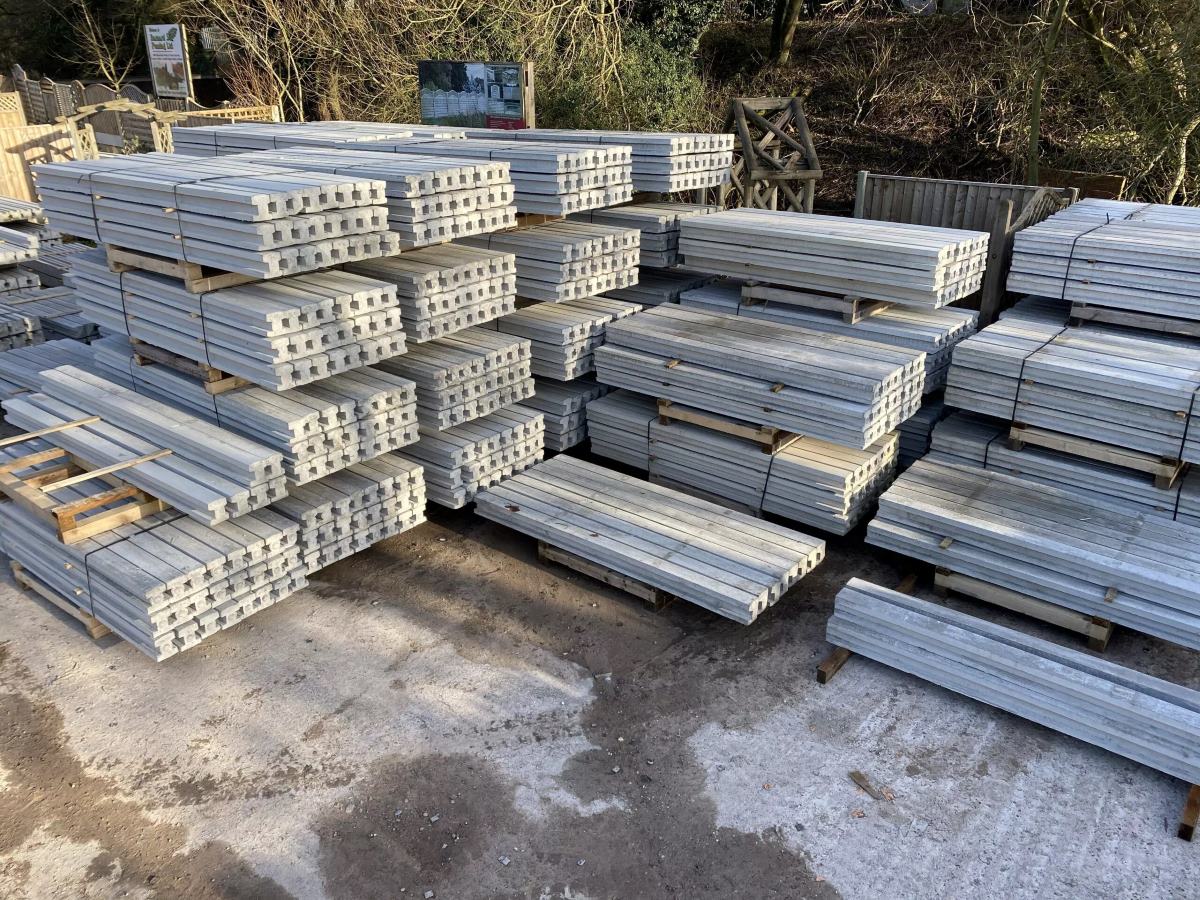

Articles
What Concrete To Use For Fence Posts
Modified: February 23, 2024
Learn about the different types of concrete suitable for fence posts in our informative articles. Make an informed choice for your project.
(Many of the links in this article redirect to a specific reviewed product. Your purchase of these products through affiliate links helps to generate commission for Storables.com, at no extra cost. Learn more)
Introduction
When it comes to installing a fence, choosing the right type of concrete for your fence posts is crucial. Concrete provides stability, durability, and longevity to ensure that your fence remains sturdy for years to come. However, with various types of concrete available on the market, it can be overwhelming to determine which one is the best option for your specific needs.
In this article, we will explore the factors to consider when choosing concrete for fence posts and discuss the best concrete options available. By understanding these factors, you can make an informed decision and select the most suitable concrete for your fence installation project.
So, let’s dive into the details and discover the key considerations that will help you choose the right type of concrete for your fence posts.
Key Takeaways:
- Choose quick-setting concrete for rapid fence post installation, while concrete with added fibers enhances strength for high-wind areas or heavy fences. High-strength concrete is ideal for larger or taller fences, and ready-mix concrete offers convenience and consistency.
- Consider factors like setting time, strength, weather conditions, and budget to select the most suitable concrete for your fence posts. Consult professionals for expert advice tailored to your unique project needs.
Read more: How To Set Fence Post On Concrete
Factors to Consider when Choosing Concrete for Fence Posts
When selecting the concrete for your fence posts, there are several important factors to keep in mind. Considering these factors will ensure that you choose the right type of concrete that can withstand the specific requirements of your fence installation.
- Types of Concrete for Fence Posts: There are various types of concrete available, each with its own unique properties. Some common types include quick-setting concrete, high-strength concrete, and ready-mix concrete. Understanding the characteristics of each type will help you make an informed decision.
- Strength Requirements for Fence Posts: The strength of the concrete is crucial, as it determines the stability and structural integrity of your fence. Consider the weight and height of your fence when determining the required concrete strength. Larger and heavier fences may require stronger concrete.
- Setting Time of Concrete: The setting time refers to the duration it takes for the concrete to harden and fully set. Quick-setting concrete is ideal for those who need to complete the installation quickly, while regular-setting concrete allows for more flexibility in adjusting the alignment of the posts before it sets.
- Weather and Environmental Conditions: Take into account the climate and environmental conditions in your area. If you live in an area with extreme temperatures, frost, or high humidity, choose a concrete type that can withstand these conditions and prevent cracking or weakening of the posts.
- Cost and Availability of Concrete: Consider your budget and the availability of the concrete. Some types of concrete may be more expensive or harder to find locally. Compare the costs and availability to find the best option that fits your budget and project requirements.
By carefully considering these factors, you can narrow down your options and choose the most appropriate concrete for your fence posts. Now, let’s explore some of the best concrete options available for fence installations.
Types of Concrete for Fence Posts
When it comes to choosing the right concrete for fence posts, it’s essential to understand the different types available. Each type of concrete has its own unique properties and composition, making it suitable for specific applications. Here are some common types of concrete used for fence posts:
- Quick-Setting Concrete Mix: Quick-setting concrete, also known as fast-setting concrete, is a popular choice for fence post installations. As the name suggests, this type of concrete sets and hardens quickly, allowing for faster installation and reduced wait time. Quick-setting concrete mix often comes in pre-packaged bags, making it easy to mix and use.
- Concrete with Added Fibers: For added strength and durability, you can opt for concrete mixes that include added fibers. These fibers, usually made of materials like fiberglass or synthetic fibers, improve the tensile strength and reduce the chances of cracking. Concrete with added fibers is particularly useful in areas with high winds or when installing heavy or tall fences.
- High-Strength Concrete Mix: If you need extra strength to support a heavy or large fence, consider using high-strength concrete mix. This type of concrete has a higher compressive strength, allowing it to bear heavier loads. It is commonly used for commercial or industrial fences where additional stability is necessary.
- Ready-Mix Concrete: Ready-mix concrete is a convenient option that is mixed and prepared at a concrete plant or delivered in a truck. This type of concrete is pre-mixed with the correct ratio of aggregates, cement, and water, ensuring consistent quality and reducing the need for on-site mixing. Ready-mix concrete is an excellent choice for those who prefer a hassle-free and efficient installation process.
By understanding the different types of concrete available, you can choose the one that best fits your specific fence post installation requirements. Consider factors such as setting time, strength, durability, and the type of fence you are installing when making your decision. Next, let’s explore the strength requirements for fence posts and how they impact your choice of concrete.
Strength Requirements for Fence Posts
Ensuring that your fence posts have sufficient strength is essential for the overall stability and longevity of your fence. The strength requirements for fence posts depend on various factors, including the weight and height of the fence, as well as the environmental conditions in your area.
The strength of the concrete is measured in terms of its compressive strength, which indicates its ability to withstand pressure and heavy loads. When it comes to fence posts, you’ll want to choose a concrete mix with adequate compressive strength to support the weight of the fence and withstand external forces.
Generally, a minimum compressive strength of 3,000 pounds per square inch (psi) is recommended for most residential fence installations. However, if you are installing a heavier or taller fence, or if your area experiences high winds or other environmental stresses, you may need to opt for a concrete mix with a higher compressive strength.
It’s important to note that the overall strength of the fence also depends on factors such as the post spacing and proper installation techniques. Ensuring that the fence posts are set at the appropriate depth, properly aligned, and secured in the concrete will contribute to the overall strength and stability of the fence.
Consulting with a professional fence installer or structural engineer can provide valuable insights into determining the strength requirements for your specific fence project. They can assess the specific conditions and provide recommendations on the most suitable concrete mix for your fence posts.
Considering the strength requirements and choosing a concrete mix with the appropriate compressive strength is crucial to ensure that your fence remains sturdy and can withstand the test of time. In the next section, we will discuss the setting time of concrete and its significance for fence post installations.
Setting Time of Concrete
The setting time of concrete refers to the period it takes for the material to harden and achieve its full strength. When it comes to fence post installations, understanding the setting time is crucial as it impacts the efficiency and flexibility during the installation process.
There are two main types of concrete setting time: quick-setting and regular-setting.
Quick-setting concrete: Quick-setting concrete is designed to harden rapidly, typically within 20 to 40 minutes after being mixed with water. This type of concrete is ideal for projects where time is of the essence, as it allows for faster installation and reduces the wait time for the concrete to set. Quick-setting concrete is often used in situations where immediate fence post stability is required.
Regular-setting concrete: Regular-setting concrete takes a longer time to set, usually around 24 to 48 hours. This extended setting time offers more flexibility during the installation process, allowing for adjustments to be made to the post alignment before the concrete fully sets. Regular-setting concrete is commonly used in fence installations where precise positioning of the posts is necessary.
When choosing the setting time of concrete for your fence posts, consider factors such as the complexity of the installation, the number of posts to be set, and your personal preference regarding flexibility in post adjustments. It’s important to note that quick-setting concrete may require quicker and more efficient installation, while regular-setting concrete offers more flexibility but requires more time for the posts to fully set.
Another important consideration is the weather conditions during the installation. Keep in mind that hot weather can accelerate the setting time of concrete, while cold weather can slow it down. Adjustments may need to be made in the mixing process or timing to ensure optimal results based on the current weather conditions.
By understanding the different setting times and considering the specific requirements of your fence project, you can choose the most suitable concrete type that aligns with your installation timeline and allows for proper post adjustments. Now let’s move on to the next section, where we will discuss the impact of weather and environmental conditions on the choice of concrete for fence posts.
Read more: How Much Concrete Needed For Fence Post
Weather and Environmental Conditions
When selecting concrete for fence posts, it’s important to consider the weather and environmental conditions in your area. These conditions can have a significant impact on the durability and longevity of your fence.
Extreme temperatures, high levels of moisture, and harsh weather conditions can affect the performance of the concrete and compromise the stability of the fence posts. Therefore, it’s crucial to choose a type of concrete that can withstand these conditions and minimize the risk of cracking, shifting, or weakening.
If you live in an area with cold winters and freeze-thaw cycles, it’s important to choose a concrete mix that is resistant to freeze-thaw damage. These types of concrete mixes contain air-entraining agents that create tiny air bubbles within the concrete, allowing it to expand and contract without cracking when exposed to freezing and thawing cycles.
In areas with high humidity or regular rainfall, it’s important to choose a concrete mix that has good water resistance. Look for concrete mixes that have additives or are specifically designed to be more resistant to moisture absorption. This will help prevent moisture from seeping into the concrete and causing damage over time.
Furthermore, if you live in a coastal area or an area prone to high winds, you should consider using a concrete mix that is more resistant to saltwater or has additional additives to enhance its durability. The saltwater and strong winds can accelerate the deterioration of the concrete, so choosing a more resilient mix will help prolong the life of your fence.
Before making a decision, consult with local experts or a professional installer who is familiar with the specific environmental conditions in your area. They can provide guidance on the best type of concrete to withstand the unique challenges posed by the weather and environment.
By choosing a concrete mix that is suitable for the weather and environmental conditions in your area, you can ensure that your fence posts remain strong, stable, and durable for years to come. In the final section, we will discuss the cost and availability of concrete options for fence post installations.
Cost and Availability of Concrete
Cost and availability are important factors to consider when choosing concrete for fence post installations. Understanding the cost implications and availability of different concrete options can help you make an informed decision that fits within your budget and timeline.
The cost of concrete can vary depending on factors such as the type of concrete, the brand, the quantity needed, and your location. Quick-setting concrete mixes are generally more expensive than regular-setting ones due to their faster curing time. Similarly, high-strength concrete mixes and those with added fibers may have a higher price tag compared to standard mixes.
It’s also worth considering the long-term cost implications. While certain types of concrete may have a higher upfront cost, they may offer greater durability and require fewer repairs or replacements in the future. It’s important to strike a balance between upfront costs and long-term value when choosing the right concrete mix for your fence posts.
Availability can also be a factor to consider. Some specialized types of concrete mixes, such as those with added fibers or high-strength mixes, may not be readily available in all areas. It’s important to check with local suppliers or concrete manufacturers to determine the availability and lead time for the specific concrete mixes you require.
Another aspect to consider is the ease of procurement and mixing. Ready-mix concrete, for example, is often more convenient as it is prepared in a batching plant and delivered to the construction site. This eliminates the need for on-site mixing, saving time and effort. However, ready-mix concrete may have limited availability in remote areas or incur additional delivery charges.
Comparing the cost and availability of different concrete options in your area will help you make an informed decision. Consider reaching out to multiple suppliers or contractors to obtain quotes and gather information about the specific concrete mixes they offer.
Ultimately, the goal is to choose a concrete mix that provides the desired level of strength and meets your budget requirements. By considering the overall cost and availability of different options, you can select the most suitable concrete for your fence posts without compromising on quality or financial feasibility.
Now that we’ve explored the various factors to consider when choosing concrete for fence posts, let’s summarize the best concrete options available to help you make your final decision.
When choosing concrete for fence posts, use a high-quality, fast-setting concrete mix. This will provide the necessary strength and stability for the posts to withstand the elements and support the fence.
Best Concrete Options for Fence Posts
After considering the various factors involved in choosing concrete for fence posts, several options rise to the top as the best choices for most fence installations. These options offer a balance of strength, ease of use, and durability. Let’s take a look at some of the best concrete options:
- Quick-Setting Concrete Mix: Quick-setting concrete is an excellent choice when you need to complete your fence installation quickly. It sets and hardens rapidly, saving you time and ensuring that your fence posts become stable in a shorter timeframe. Look for pre-packaged quick-setting concrete mixes designed specifically for fence post installations.
- Concrete with Added Fibers: If you’re looking for extra strength and durability, concrete mixes with added fibers are worth considering. These fibers help reinforce the concrete, reducing the chances of cracking and increasing its overall strength. This option is particularly valuable for areas with high winds or if you’re installing heavy or tall fences.
- High-Strength Concrete Mix: For fences that require maximum strength, high-strength concrete mixes are the way to go. These mixes have a higher compressive strength, providing exceptional load-bearing capacity. Consider this option if you’re installing a commercial or industrial fence or if your fence will face significant environmental stresses.
- Ready-Mix Concrete: Ready-mix concrete offers convenience and consistency. It is mixed and prepared at a batching plant and delivered to your location. This eliminates the need for on-site mixing and ensures the correct mixture of aggregates, cement, and water. Ready-mix concrete is an excellent choice if you prefer hassle-free, efficient installation.
Each of these concrete options has its own advantages, so consider your specific needs, budget, and project requirements when making your final decision. Consulting with a professional fence installer or concrete supplier can also provide valuable insights and recommendations based on your unique circumstances.
Remember, proper installation techniques, including setting the fence posts at the correct depth and ensuring proper alignment, are equally important for the overall stability and longevity of your fence. Combine the right concrete with professional installation for optimal results.
Now that you have a better understanding of the best concrete options for fence posts, you can confidently select the most suitable one that will ensure a sturdy and long-lasting fence.
Quick-Setting Concrete Mix
When time is of the essence and you need your fence posts to set quickly, a quick-setting concrete mix is the ideal option. This type of concrete is specifically designed to harden and set rapidly, allowing for a faster installation process and reducing the wait time before you can continue with the rest of your fence project.
Quick-setting concrete mixes typically come in pre-packaged bags, which makes them convenient and easy to use. They contain special additives that accelerate the setting process, allowing the concrete to achieve strength in as little as 20 to 40 minutes after being mixed with water. This means you can efficiently install your fence posts and move on to the next steps without unnecessary delays.
One of the key advantages of quick-setting concrete is its time-saving aspect. It is particularly beneficial when you have limited time or want to complete your fence installation quickly. This type of concrete is commonly used in DIY projects, temporary fencing installations, or situations where immediate stability is essential.
It’s important to note that while quick-setting concrete offers the advantage of speed, it may not provide the same level of long-term strength as regular-setting concrete. Therefore, it is recommended for use in applications where immediate post stability is the priority rather than long-term durability.
When working with quick-setting concrete, it’s important to be well-prepared and organized. Make sure to have all your materials and tools ready before mixing the concrete, as you will have limited time once the mixing process begins. Follow the manufacturer’s instructions carefully to ensure the proper water-to-concrete ratio and achieve the desired results.
Overall, if you’re looking for a fast and efficient way to set your fence posts, a quick-setting concrete mix is a great choice. Its rapid-setting properties allow for speedy installation, saving you valuable time and ensuring the stability of your fence in a shorter period. However, it’s essential to consider the specific requirements of your project and weigh the need for speed against the long-term durability of your fence posts.
Now, let’s move on to discussing another excellent concrete option for fence posts: concrete with added fibers.
Read more: How To Install Fence Post Without Concrete
Concrete with Added Fibers
When it comes to enhancing the strength and durability of your fence posts, concrete with added fibers is an excellent option to consider. These fibers, typically made of materials like fiberglass or synthetic fibers, are mixed into the concrete mixture to provide additional reinforcement and improve the overall performance of the concrete.
The addition of fibers to the concrete helps increase its tensile strength, which is the ability to resist cracking and withstand external forces. This is particularly important for fence posts that may experience heavy loads or endure harsh environmental conditions.
The fibers work by creating a matrix within the concrete that helps distribute stress and prevent cracks from forming. This reinforcement reduces the chances of the concrete breaking under pressure, ensuring the long-term stability and durability of your fence posts.
In addition to improved strength, concrete with added fibers also offers other benefits such as increased impact resistance and reduced shrinkage cracks, making it an ideal choice for fences in areas prone to seismic activity or high winds.
Choosing concrete with added fibers is especially beneficial when installing heavy or tall fences that require enhanced structural integrity. The fibers help bear the weight and strain, reducing the risk of post failure and ensuring the longevity of your fence.
It’s important to note that while concrete with added fibers provides added strength and durability, proper installation techniques are still crucial. Ensure that the fence posts are set at the correct depth, in alignment, and securely anchored in the ground.
When using concrete with added fibers, follow the manufacturer’s instructions regarding the fiber type, amount, and mixing process to achieve the desired results. Some manufacturers may offer specific fiber-reinforced concrete mixes designed explicitly for fence post installations, making it easier to achieve optimal results.
Overall, if you’re looking for reinforcement and increased strength for your fence posts, concrete with added fibers is an excellent choice. The added fibers provide an extra layer of resilience, ensuring that your fence can withstand heavy loads, harsh weather conditions, and the test of time.
Now that we’ve discussed concrete with added fibers, let’s move on to exploring another top option: high-strength concrete mix.
High-Strength Concrete Mix
When it comes to constructing fences with exceptional strength and durability, high-strength concrete mix is a top choice. This type of concrete is specially engineered to have a higher compressive strength, allowing it to bear heavier loads and withstand challenging conditions.
High-strength concrete mix is ideal for fence installations that require extra stability, such as those with taller or larger fences, or fences located in areas prone to high winds or other environmental stresses. The increased strength of the concrete ensures that your fence posts can withstand the forces acting upon them, providing long-lasting stability and minimizing the risk of structural failures.
The compressive strength of high-strength concrete is typically measured in terms of pounds per square inch (psi). Concrete mixes with compressive strengths ranging from 4,000 psi to 10,000 psi or even higher are commonly used for fences that demand superior strength.
It’s important to note that while high-strength concrete offers exceptional strength, proper installation techniques are still essential to maximize the performance of the fence posts. This includes setting the posts at the correct depth, ensuring proper alignment, and providing adequate support during the curing process.
High-strength concrete is often used in commercial, industrial, or high-security fence installations where demanding specifications and robust construction are required. It can also be an excellent choice for residential fences that need to withstand heavy gates, privacy panels, or other structural elements.
When using high-strength concrete mix, it’s crucial to follow the manufacturer’s instructions regarding the mixing ratios, curing process, and any other specific guidelines they provide. This will ensure that the concrete achieves its maximum strength and delivers the expected performance.
While high-strength concrete mix may be more costly than regular concrete mixes, it offers remarkable durability and longevity, making it a worthy investment for fences that require a higher level of strength and stability.
By choosing high-strength concrete mix for your fence posts, you can have confidence in the structural integrity of your fence and enjoy years of reliable performance.
Now that we’ve explored high-strength concrete mix, let’s move on to discussing another option: ready-mix concrete.
Ready-Mix Concrete
Ready-mix concrete is a popular option for fence post installations due to its convenience, consistency, and time-saving benefits. This type of concrete is prepared in a batching plant or concrete plant, where the mixture of cement, aggregates, and water is carefully measured and mixed according to specific ratios.
The main advantage of ready-mix concrete is that it arrives at the construction site already mixed and ready to use. It eliminates the need for on-site mixing, saving you time, effort, and potential errors in the mixing process. With ready-mix concrete, you can ensure consistent quality and accurate proportions, resulting in a reliable and uniform mixture for your fence posts.
Using ready-mix concrete for your fence posts offers several benefits. First, it ensures that the concrete is properly mixed, eliminating any inconsistencies that may occur during on-site mixing. This results in a higher quality product with enhanced strength and durability.
Moreover, ready-mix concrete can be delivered directly to your construction site via trucks equipped with rotating drums, ensuring timely and efficient delivery. This is especially advantageous for large-scale fence installations or projects where access to raw materials may be limited.
Ready-mix concrete also provides versatility, as it can be customized to meet your specific project requirements. Different types of concrete mixes, such as high-strength or fiber-reinforced mixes, can be prepared by the batching plant to suit your fence installation needs.
It’s important to keep in mind that ready-mix concrete may come at a higher cost compared to on-site mixing. The cost is influenced by factors such as the distance from the batching plant, the volume of concrete needed, and any additional services provided, such as pump or delivery charges. Nonetheless, the benefits of convenience, quality, and time savings often outweigh the higher price.
When using ready-mix concrete, ensure that you plan your project carefully and coordinate with the supplier to schedule the concrete delivery based on your installation timeline. Adequate preparation and communication will ensure a smooth and efficient installation process.
In summary, ready-mix concrete offers the advantages of convenience, consistency, and reliable quality for fence post installations. It eliminates the need for on-site mixing and provides a uniform and durable concrete mixture. Consider ready-mix concrete when efficiency, accuracy, and time savings are paramount in your fence installation project.
Now that we’ve explored the best concrete options for fence posts, you have a comprehensive understanding of the different types available. Consider your specific requirements, including setting time, strength, weather conditions, and budget, to determine the most suitable concrete option for your fence installation.
Remember to consult with professionals, such as fence installers or concrete suppliers, for expert advice tailored to your unique project needs. With the right concrete choice and proper installation techniques, your fence will have the stability and longevity to withstand the test of time.
Good luck with your fence installation!
Conclusion
Choosing the right type of concrete for your fence posts is crucial to ensure the stability, durability, and longevity of your fence. By considering factors such as the type of concrete, strength requirements, setting time, weather conditions, and cost and availability, you can make an informed decision that meets your specific project needs.
Quick-setting concrete mix is an excellent choice when you need to complete your fence installation quickly, providing immediate stability. Concrete with added fibers enhances the strength and durability of the posts, making it ideal for areas with high winds or heavy fence requirements. High-strength concrete mix offers exceptional strength to support larger or taller fences or those subjected to environmental stresses.
Ready-mix concrete provides convenience, consistency, and time-saving benefits, making it a popular choice for fence post installations. It eliminates the need for on-site mixing and ensures reliable performance.
Remember, proper installation techniques are equally important for the overall stability of your fence. Setting the posts at the correct depth, aligning them accurately, and using the appropriate concrete will contribute to the long-term success of your fence project.
Consulting with professionals, such as fence installers or concrete suppliers, can provide valuable insights and recommendations tailored to your specific project needs. They can help you navigate the options, select the best concrete for your requirements, and ensure the proper installation of your fence.
By choosing the right concrete for your fence posts and following proper installation practices, you can enjoy a sturdy and long-lasting fence that enhances the aesthetic appeal and security of your property.
Now that you have a comprehensive understanding of the factors to consider and the best concrete options available, you can confidently proceed with your fence installation project. Good luck and may your new fence bring you years of satisfaction!
Frequently Asked Questions about What Concrete To Use For Fence Posts
Was this page helpful?
At Storables.com, we guarantee accurate and reliable information. Our content, validated by Expert Board Contributors, is crafted following stringent Editorial Policies. We're committed to providing you with well-researched, expert-backed insights for all your informational needs.
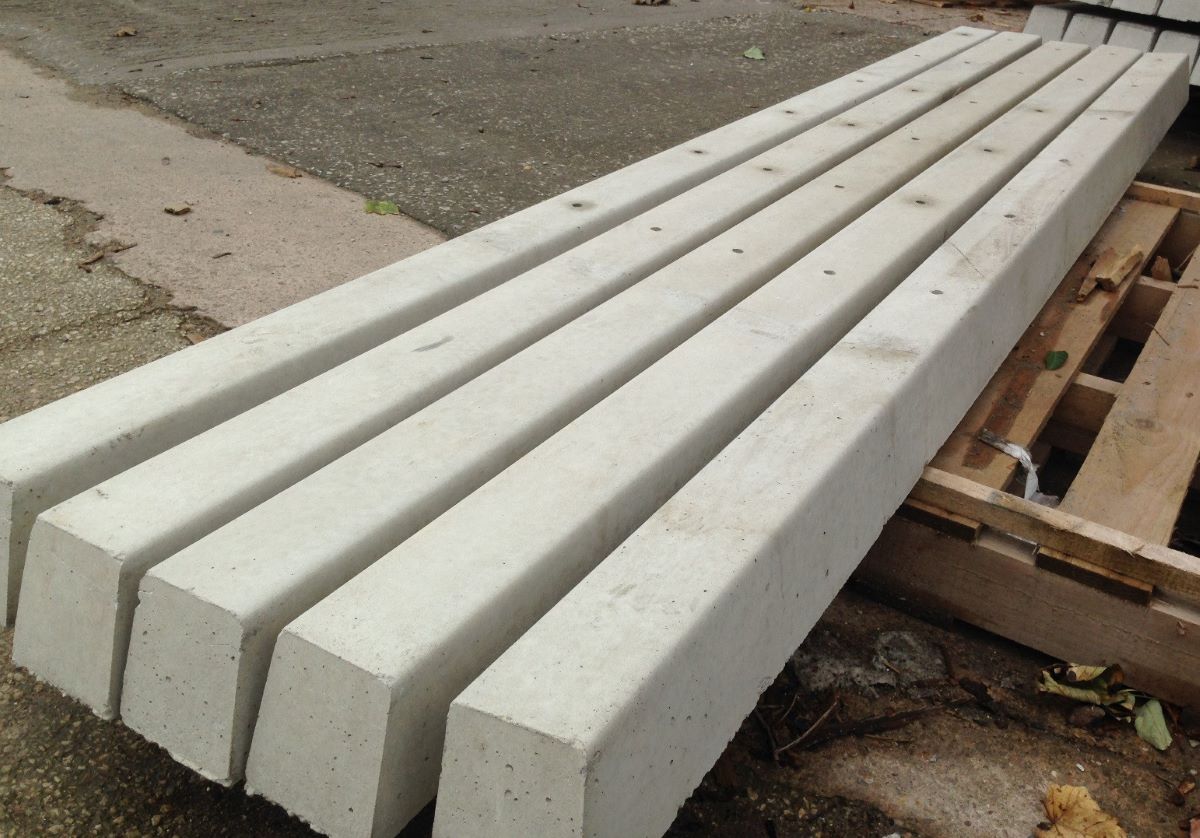
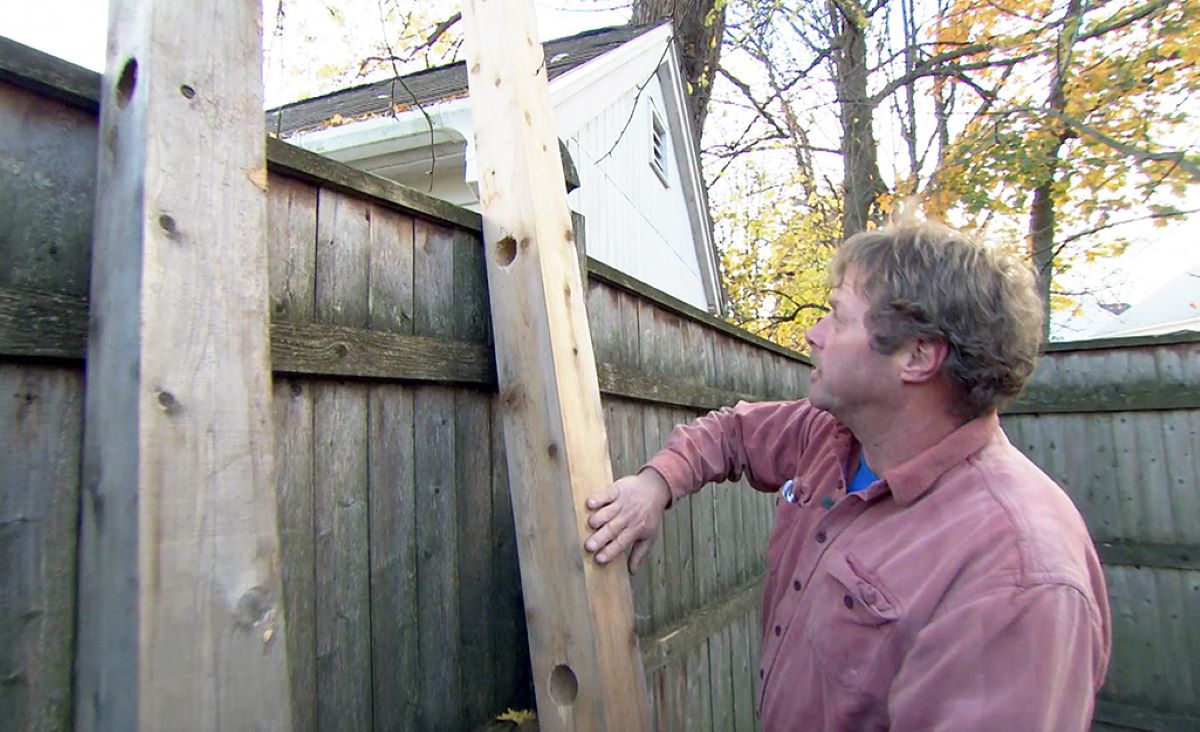
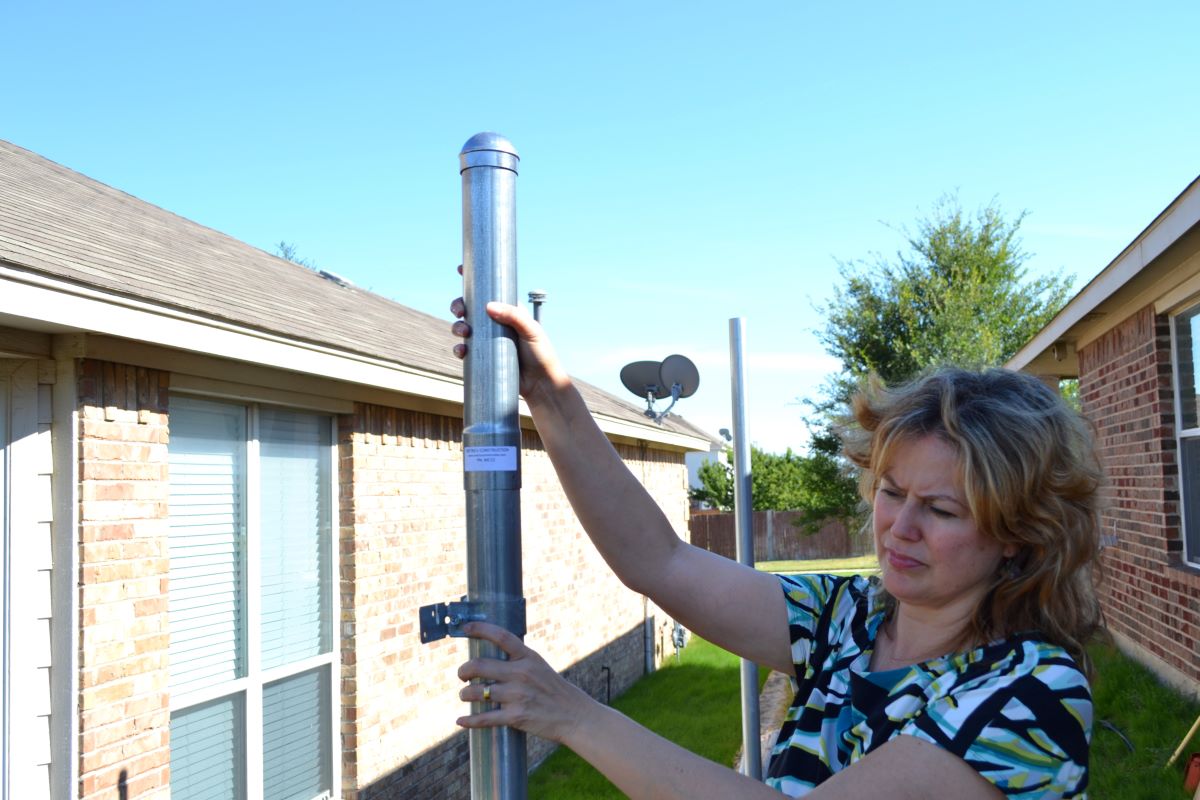
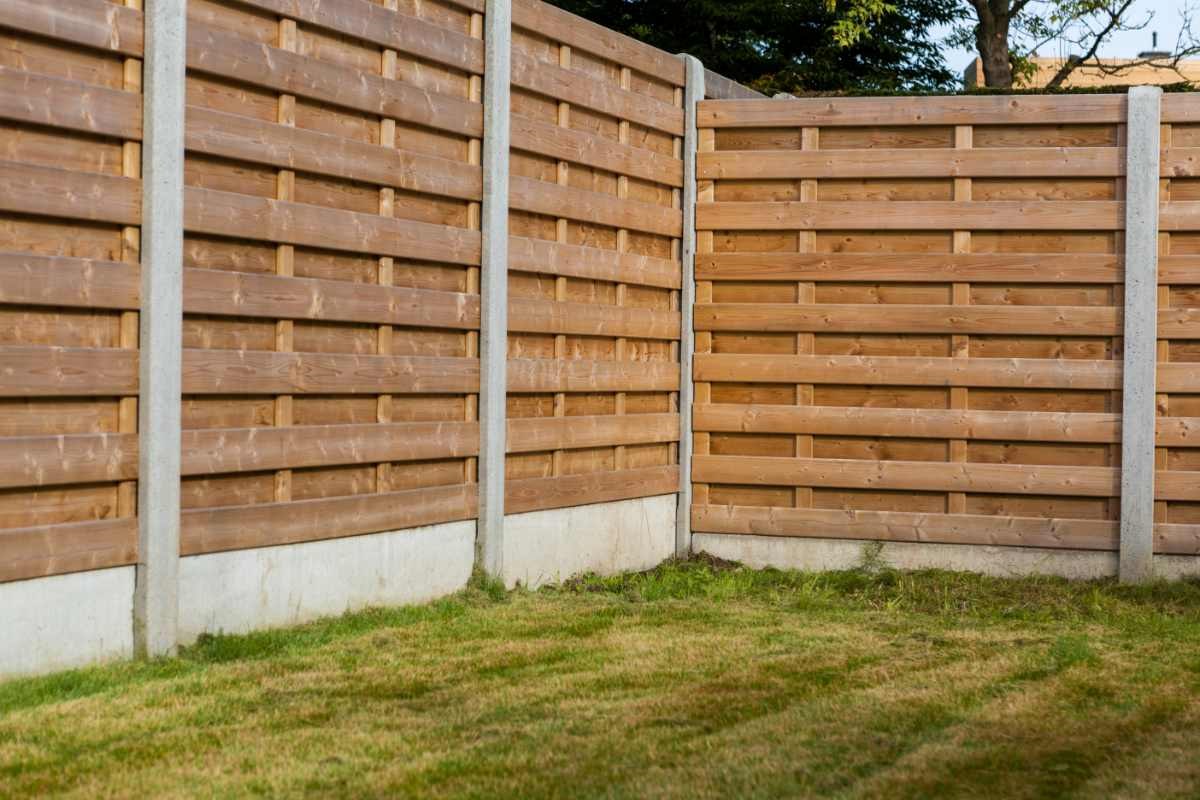
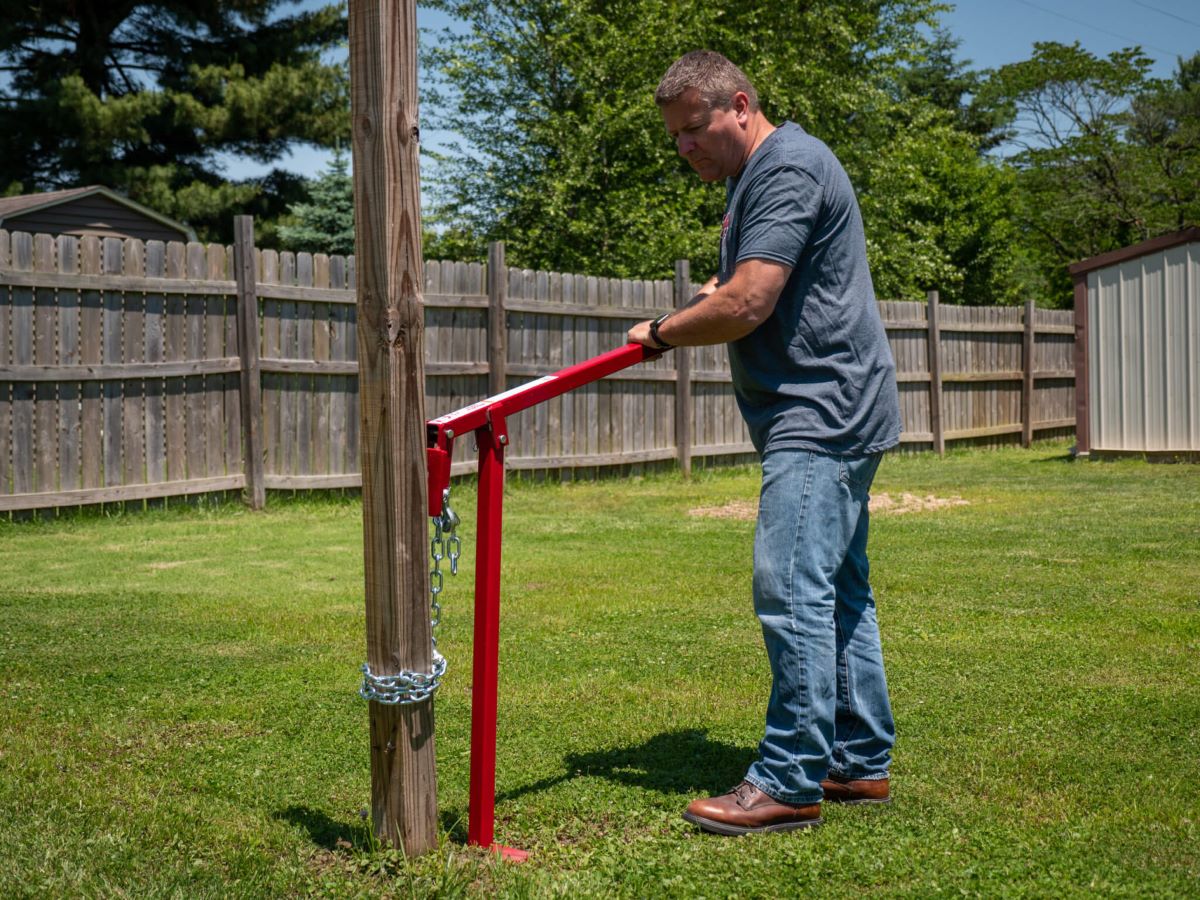
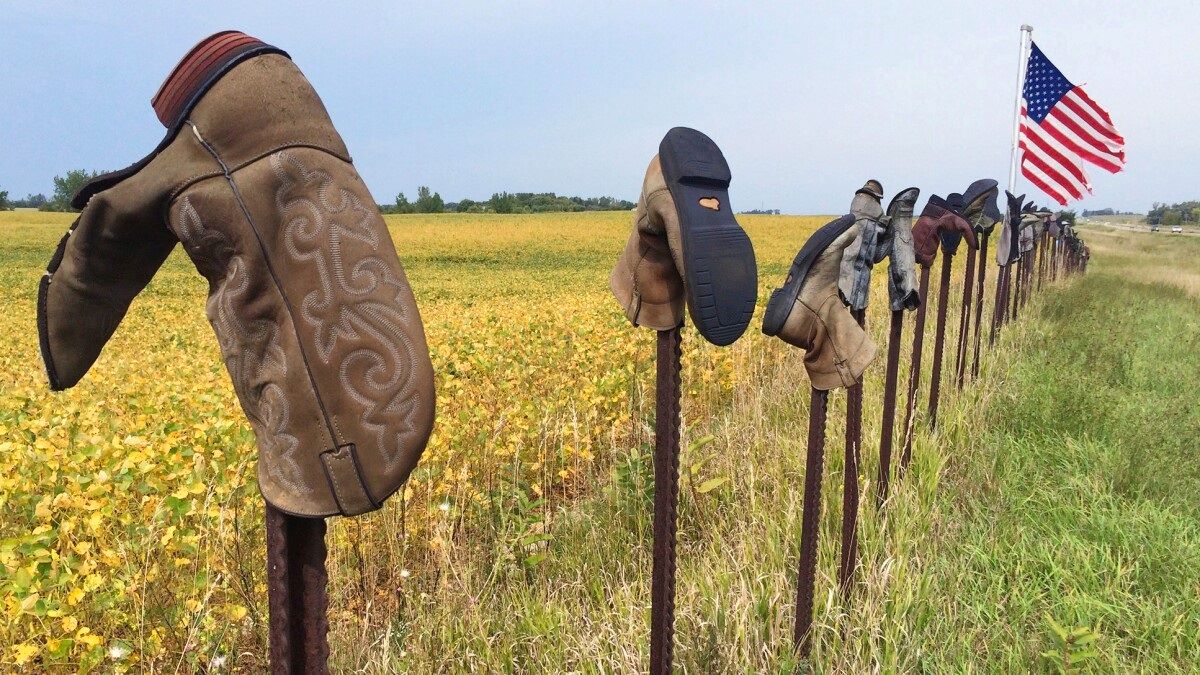
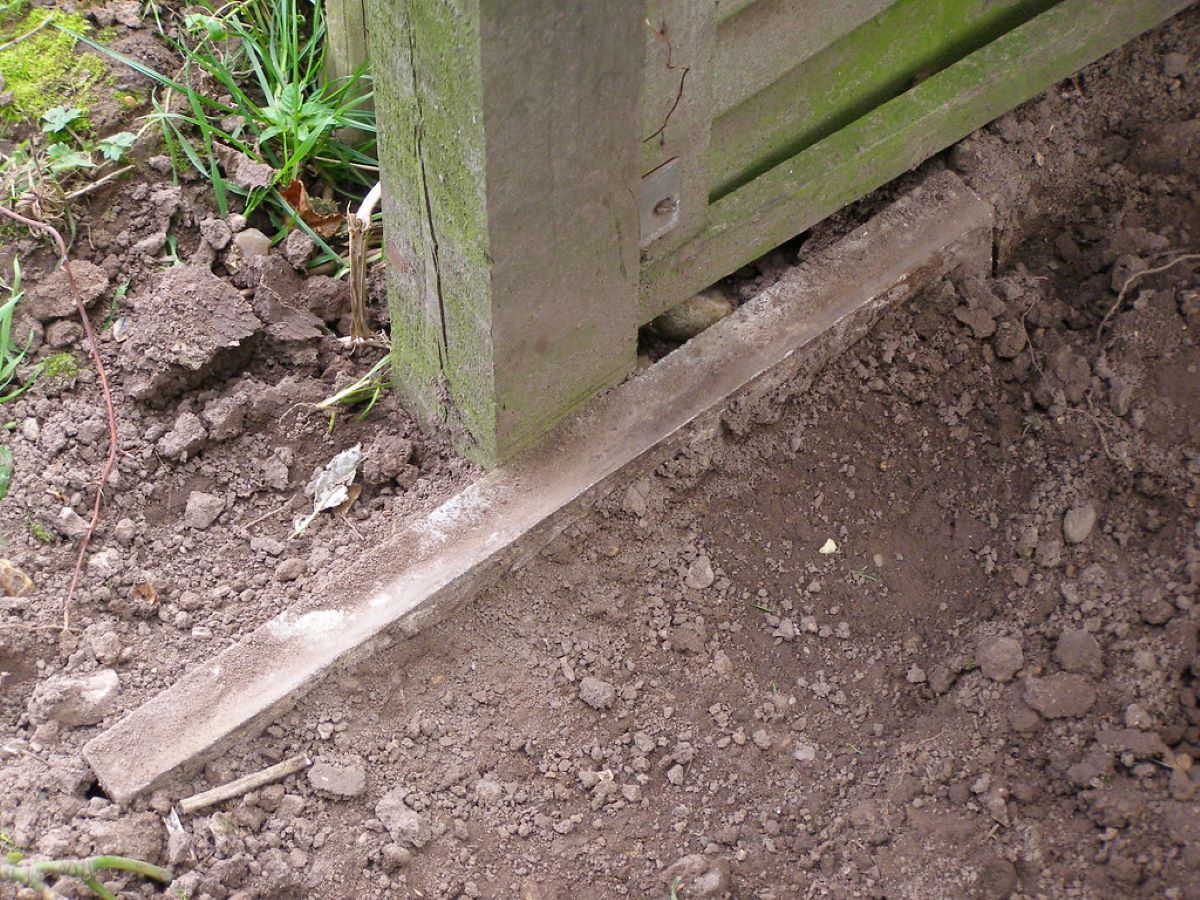
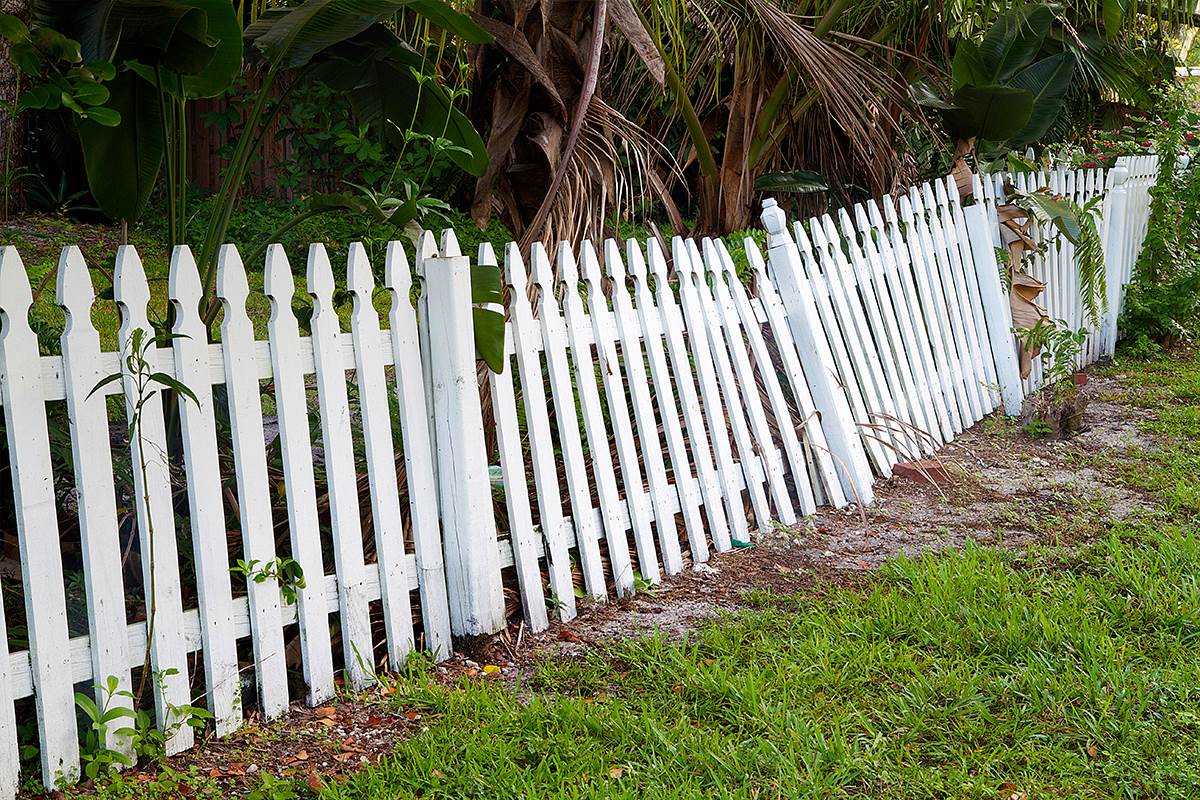
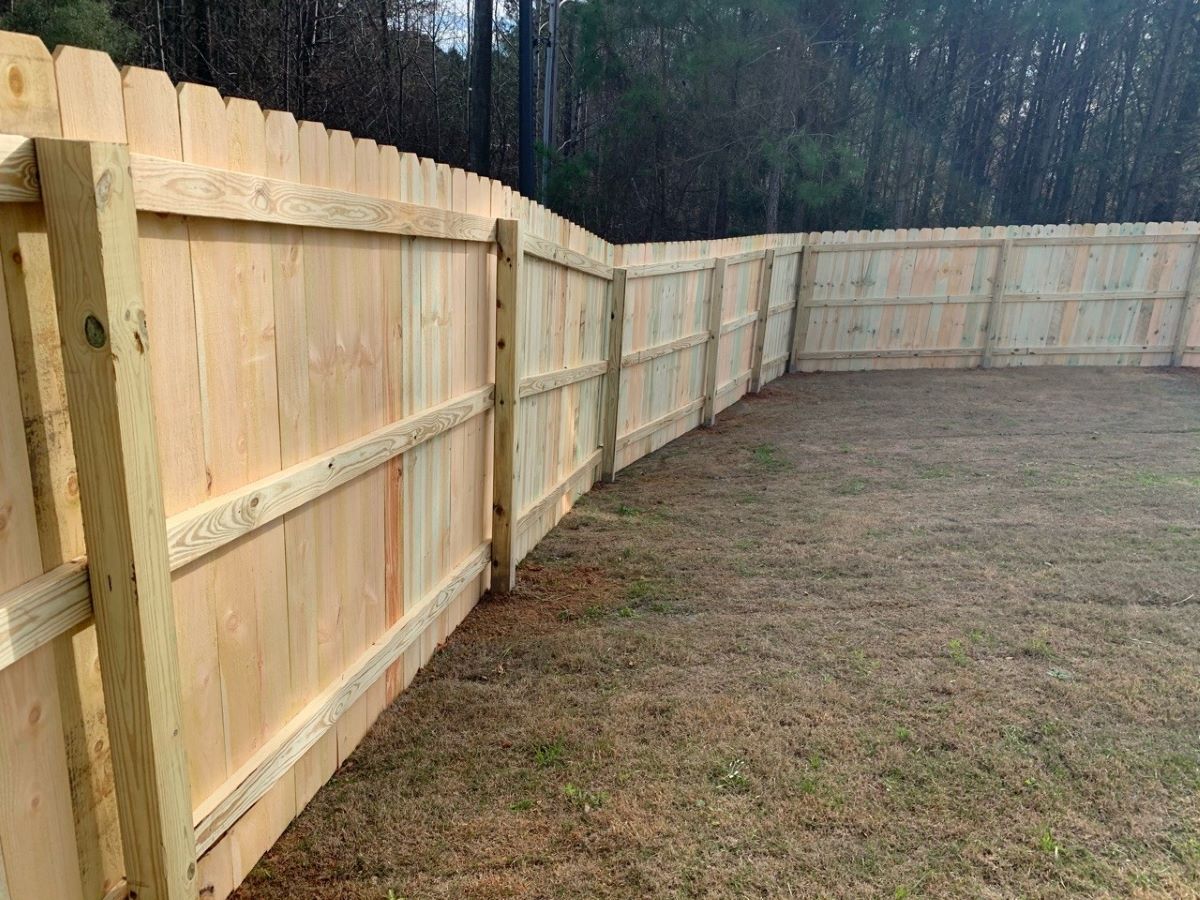
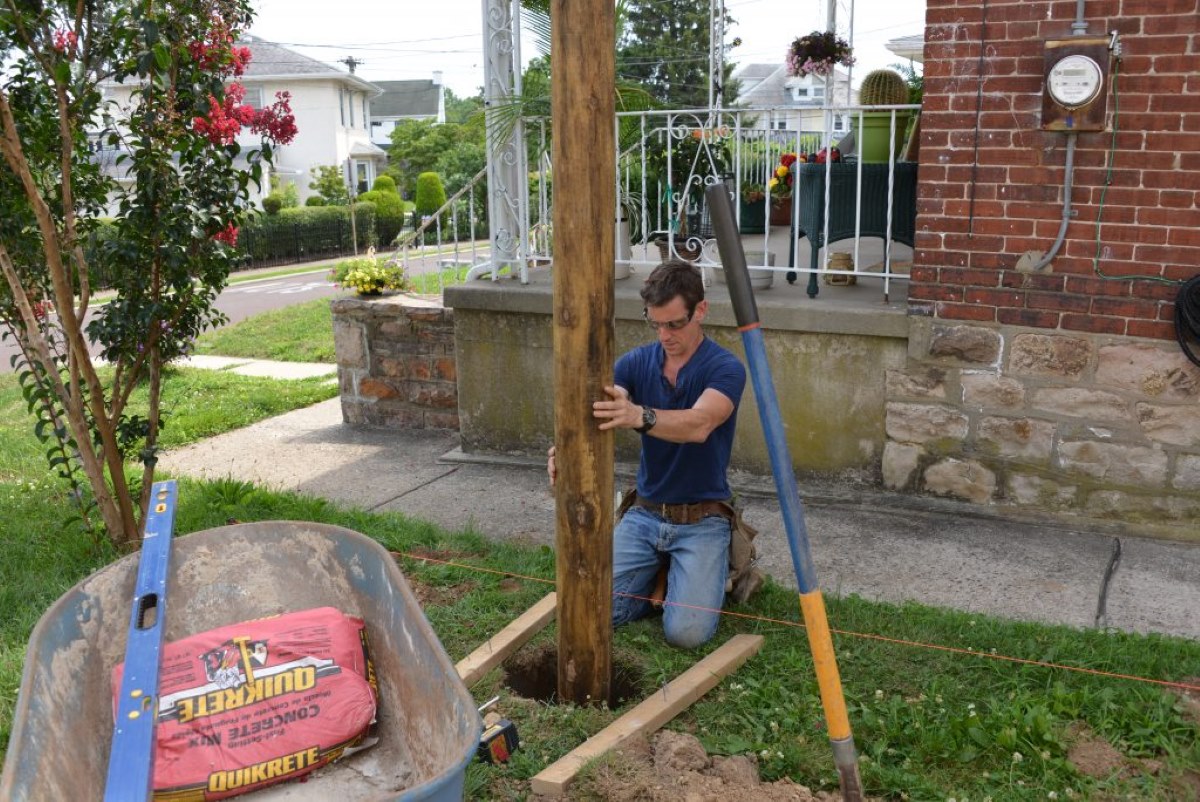
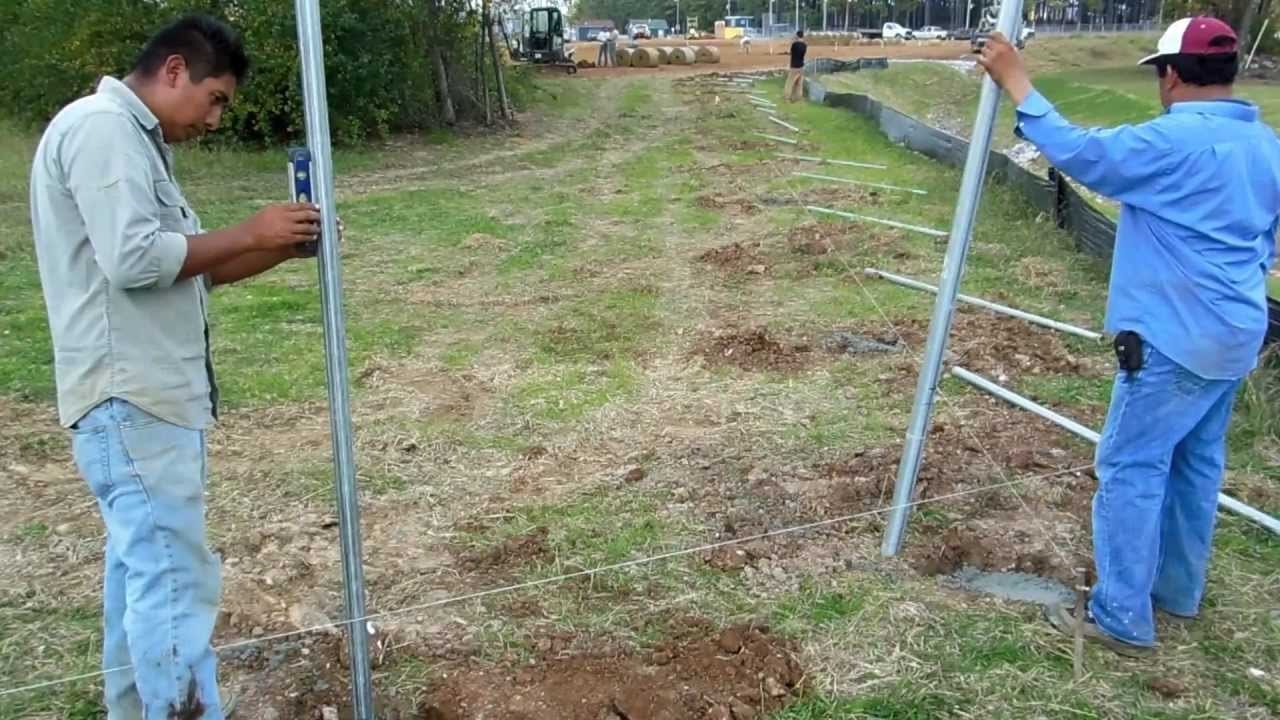
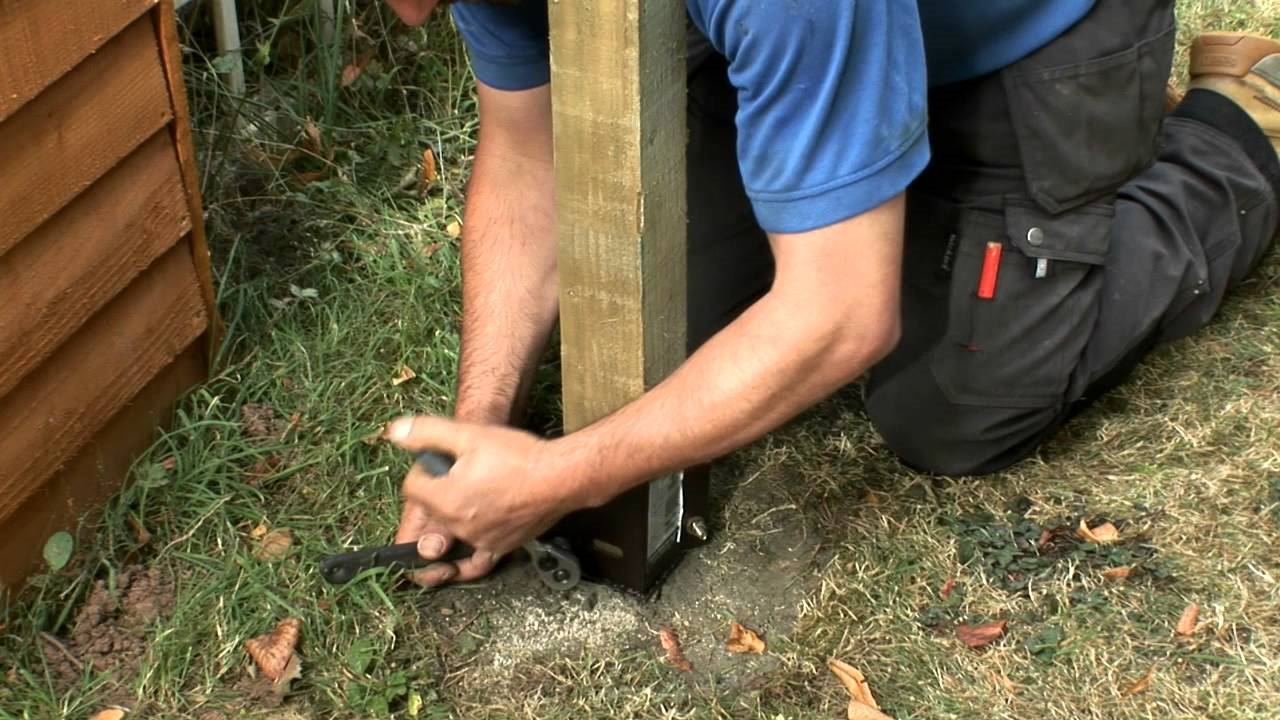
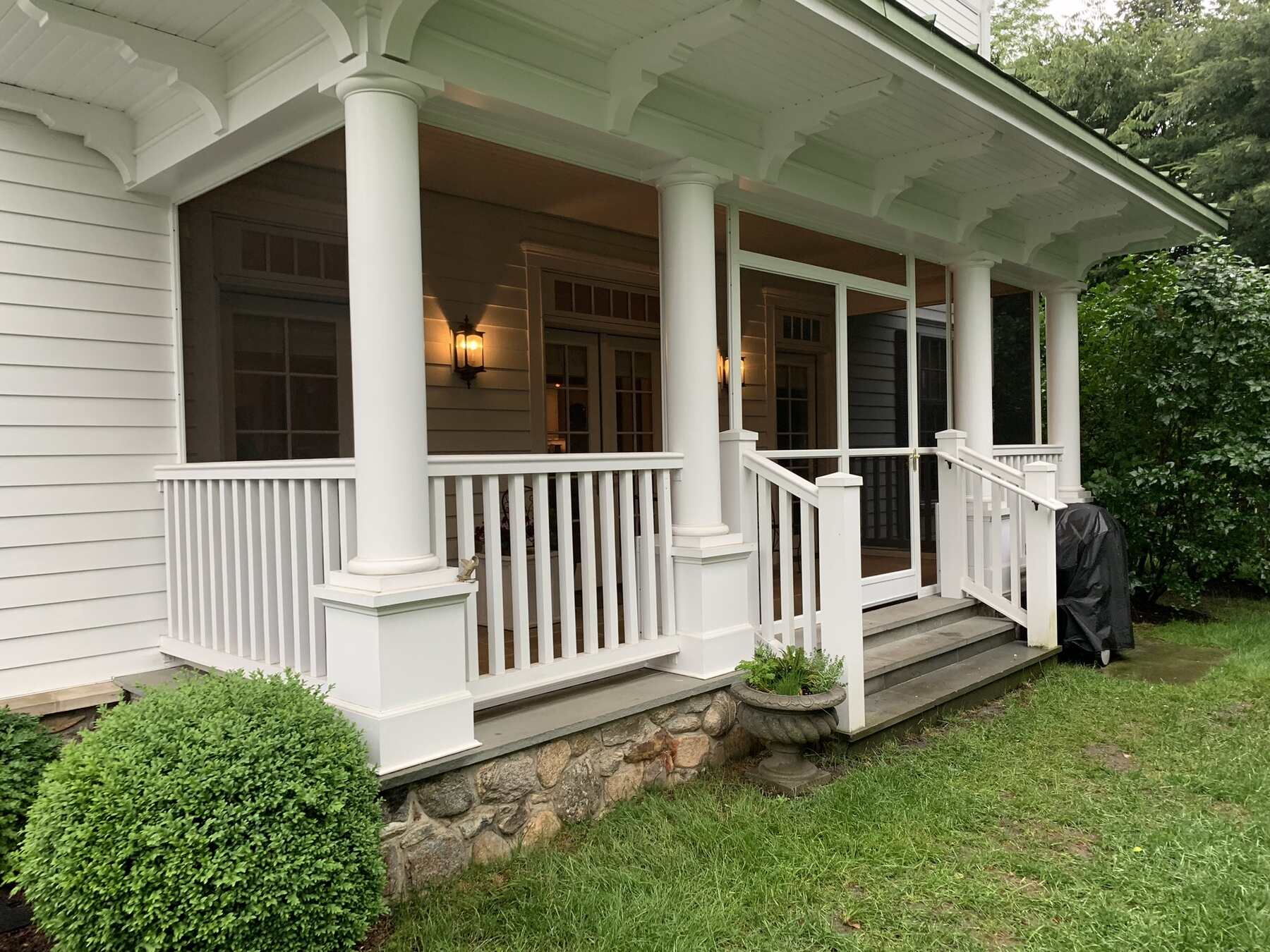

0 thoughts on “What Concrete To Use For Fence Posts”